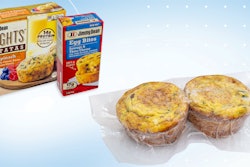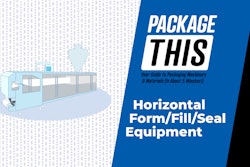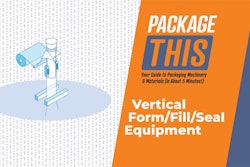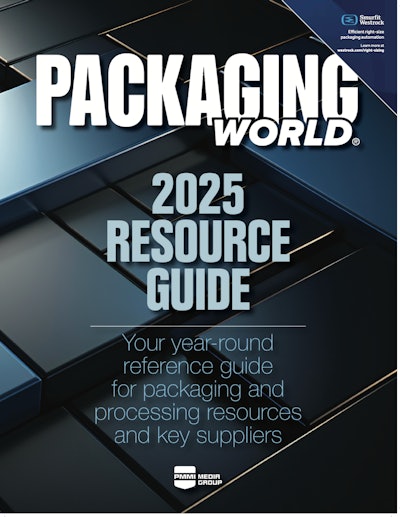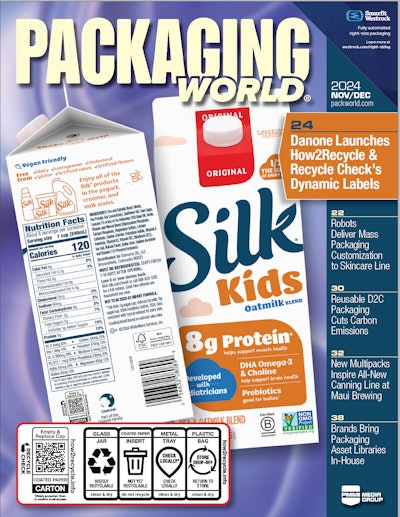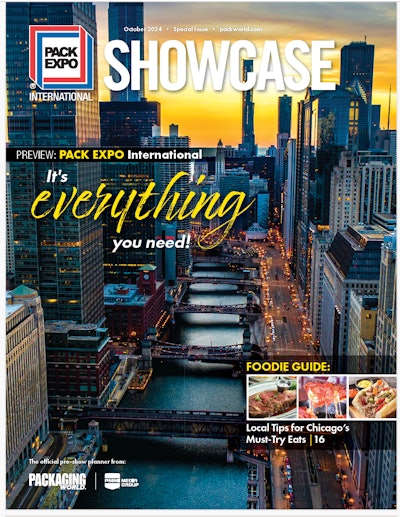Learn how horizontal form/fill/seal (HFFS) machines create packaging that stands out on store shelves! In this Package This episode, we cover the basics of HFFS technology and the types of pouches it produces, from flat and stand-up pouches to three- and four-sided seal bags. In this video, you also see how brands use HFFS machines to package liquids, powders, snacks, and more. Watch now and take a quick dive into the world of HFFS packaging!
Learn more from RA Jones at https://pmmi.media/PTRAJonesHFFS
Transcript
Subscribe to our channel!
Welcome to Package This, your guide to packaging machinery and materials. Today, we’re going horizontal—but no naps here! Let’s dive into the world of horizontal form/fill/seal (HFFS) machines.
HFFS machines are bagging and pouching machines that can be used for a variety of products, from liquids, powders, grains, tablets, pellets, and more. Like their vertical counterparts (which we covered in another episode), they offer reliable tech for various industries.
The concept is simple: The machine unwinds a roll of flat film, called rollstock, over a mandrel that shapes it into a tube. The product is loaded from above, film is cut into individual packs, heat seals are applied, and voilà—your horizontally filled bag or pouch is ready.
Flat Pouches
Let’s get more specific into types of packs these machines run starting with flat pouches. These pouches are everywhere, housing everything from oatmeal to soups to effervescent tablets.
Here we see an HFFS machine from R.A Jones. The Pouch King is lightning fast and able to crank out up to 2,000 pouches per minute. It even handles sustainable films with its intelligent heat-sealing system without compromising speed.
With more than 40 years of experience and over 400 systems installed globally, R.A Jones is a leader in high-speed pouching for food, beverage, and pharmaceutical dry products.
In addition to what you see here, R. A Jones are also experts in full production lines, including filling systems, integrated high-speed cartoning, and end-of-line solutions.
Stand-Up Pouches
Next: stand-up pouches. Because these pouches stand up, they also stand out on store shelves, displaying snacks, pet food products, household goods, and more.
HFFS machines form stand-up pouches by feeding a roll of flat film horizontally, then folding and sealing the film to create the pouch structure. It seals the bottom to form the base of the pouch, fills it with product, and seals the top to complete the package.
Three-Sided Seal Bags
Three-sided seal bags are great for countless products, including dried meats, jerky, powders, and seeds. The machine seals three edges, while the fourth edge is folded, creating a neat bottom for the product to settle.
If you need extra package features like zippers or tear notches, talk to your HFFS supplier. They can add those along with other features such as a component that punches out handy hang holes for retail displays.
Four-Sided Seal Pouches
Finally, let’s talk about four-sided seal bags and pouches, which can handle liquids, powders, and solid products. You’ve probably seen four-side seal packs for powders, drink mixes, and even beauty packs. HFFS machines create a tight seal on all four sides, ensuring freshness. These pouches are often small and the HFFS equipment is often integrated with cartoners or case packers for a complete solution.
That’s our quick look at what HFFS machines can do – and we didn’t have time to get into custom pouch shapes, spouts, and resealable features.
For more on HFFS equipment, visit PMMI ProSource at prosource.org, for a directory featuring 1,000 expert packaging and processing suppliers. If you liked this video, please subscribe to Packaging World on YouTube and check out more videos from the Package This series.
Thanks for watching!
Companies in this article
Videos from Paxiom Group





